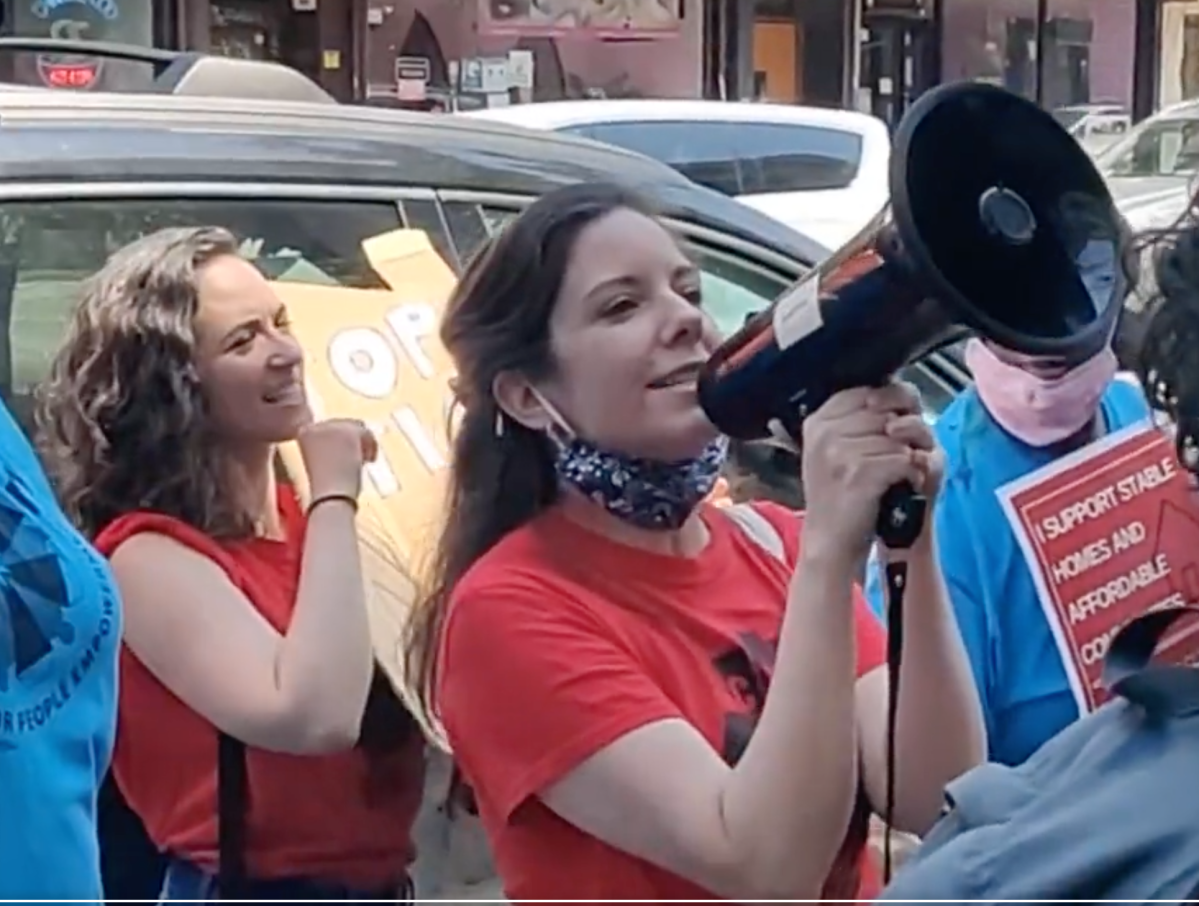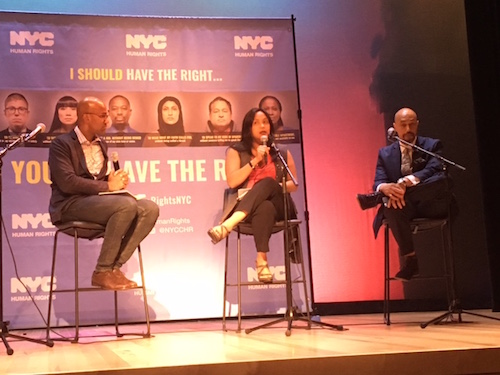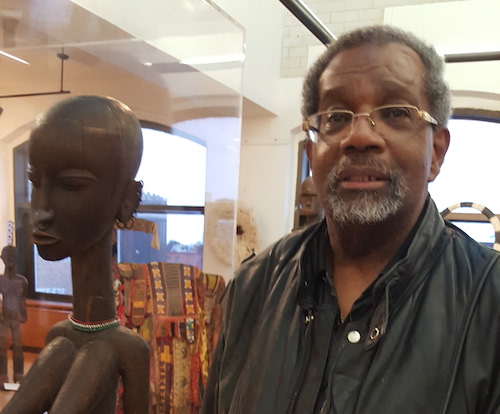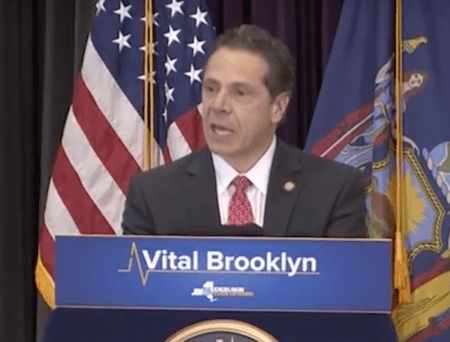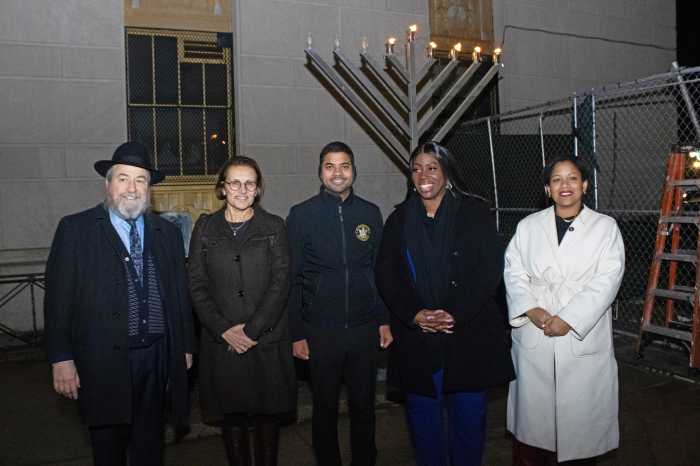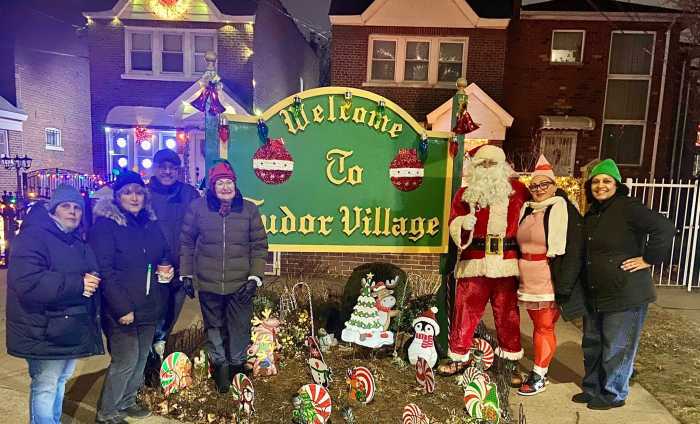Thousands of Black and Hispanic small property owners in Harlem and Bedford-Stuyvesant are risking generational wealth if proposed state tenant protections are passed, two lawmakers charged this week.
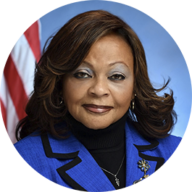
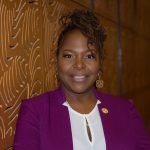
Assembly Members Inez Dickens (D-Harlem) and Stefani Zinerman (D-Bedford-Stuyvesant) have both been targeted with protests outside their homes from protestors affiliated with Democratic Socialists of America (DSA) Senators Julia Salazar and Jabari Brisport.
Salazar is the prime sponsor of legislation dubbed Good Cause Eviction. The measure applies mainly to buildings with less than six units that are not under current rent control or stabilization. The proposed bill would prohibit landlords of these buildings from kicking out a tenant except in cases of lease violations like failure to pay rent and causing unnecessary damage to the unit.
The measure also exempts owner-occupied buildings with less than four units. Additionally, it caps rent increases at 3 percent or 1.5 times the annual percent change in the Consumer Price Index, whichever is higher.
Both Zinerman and Dickens say they support certain aspects of the bill if it were modified such as exempting all buildings with four units or less, and gave some upfront room on the rent caps, taking into account property taxes and water bills are always going up. For example, the New York City Water Board is proposing to raise water rates by 4.9%, the largest increase in nearly a decade.
Both lawmakers are also highly cognizant that their districts are full of brownstones and other small residential buildings that working-class Black and Hispanic folks bought in many cases generations ago when they were redlined out of buying in white neighborhoods.
A good number of these properties are handed down through generations and have a number of Black and Hispanic families property rich and cash poor. Many of these buildings have been converted into 3, 4, 5 and 6 units, where they have found a willing rental market for wealthier white people moving into the neighborhood.
According to the 2020 census data, Bed-Stuy gained more than 30,000 white residents between 2010 and 2020, more than almost any other neighborhood in New York City, while more than 22,000 Black residents have left the neighborhood, dramatically shifting its racial makeup.
Harlem gained more than 18,000 white residents since 2010 while Black population declined by 10,805 and Hispanic population dropped by 2,015.
“I met with advocates [for Good Cause Eviction] and listened to their arguments. I told them that with some changes to it, maybe it is something I would support. However, they were adamant that I sign onto the legislation to the way they have it written or it was all or nothing,” said Dickins.
“So I have to protect not just one segment of voting, but all constituents in the district, and Harlem has blocks and blocks of small buildings where some families have owned these buildings for 100 years, and they may have converted an apartment on the top floor to defray the cost of real estate taxes, which is going so high,” she added.
Zinerman said she is a staunch supporter of housing subsidies for those in need and common-sense legislation including “Good Cause Eviction” but would like to see the bill amended to avoid unintended consequences that may hurt small landlords who still offer affordable housing and may become at risk of losing their homes.
Zinerman said the current bill should be amended to exempt all homes of four units or less, and to remove the three percent or one and one-half times the annual percentage change cap on rent in a given year as landlords cannot predict or control changes in utility costs and emergency repairs.
There are a number of Black families that own two or three brownstones where they live in one and the others need a lot of renovation. They are often redlined out of getting loans to renovate the more dilapidated brownstones so they refinance on the completely-owned brownstone where they are living, putting all the properties at risk, Zinerman said.
“The problem with the bill is a 3% increase for perpetuity is not enough when you have aging brownstones that you have to now fix and you cannot control your utility costs. And we’re dealing with the same group of people [DSA members and progressives] who want to electrify the entire grid. This is problematic,” said Zinerman.
Zinerman sees the legislation as related to two other issues that her small property owner constituents are dealing with – deed theft and harassment from real estate developers approaching brownstone owners to sell their property.
“Community Boards 3 and 8 have have a meeting on June 9 to go over these three issues affecting small property owners in Central Brooklyn that are all interrelated,” said Zinerman.
In the meantime, alleged advocates have been targeting both Zinerman and Dickins with protests in Albany and at their residences. Dickins said at a protest in Albany she happened to know one of the protesters that wasn’t involved in the Good Cause issue. When she asked him why he was there, she was told he was paid $100.
The Legal Aid Society, which was one of the lead organizers of the protest and issues press releases related to it, did not return emails to answer this allegation.
Zinerman was the target of a protest on May 21 in front of the Bed-Stuy brownstone that has been in her family for three generations, and where her elderly mother, great aunt and other family members live. At the time she was at a meeting which Brisport also attended, but who left abruptly and tweets indicate he was behind or knew of the protest, although he was not there.
The alleged East New York community organization called HOPE: Housing Organizers for People Empowerment have also been involved in some protests, said Zinerman. HOPE is affiliated with UHAB [Urban Homesteading Assistance Board] and shares the same Wall Street address.
UHAB, along with a number of non-profit developers, were instrumental players in a Third Party Transfer ongoing investigative series that KingsCountyPolitics.com, now PoliticsNY, did starting in 2018. The series resulted in millions of dollars of generational wealth restored to Black and Hispanic property owners and an ongoing Federal class action lawsuit that, if successful, will cost the city hundreds of millions of dollars in restitution.
Neither Salazar or her staff returned any PoliticsNY emails regarding the legislation. Salazar and Brisport however, took to Twitter to decry Zinerman with Salazar tweeting she has tried numerous times to meet with Zinerman over this issue.
Zinerman provided tweets where she reached out to Salazar, which indicated it was Salazar who failed to meet with her.
Zinerman said she suspects two reasons behind the ongoing targeting and protests of her and Dickens.
“Firstly, these are known seats of Black political power. The second reason is that we have the most expensive real estate in the state and are in heavily gentrifying areas,” she said.


